

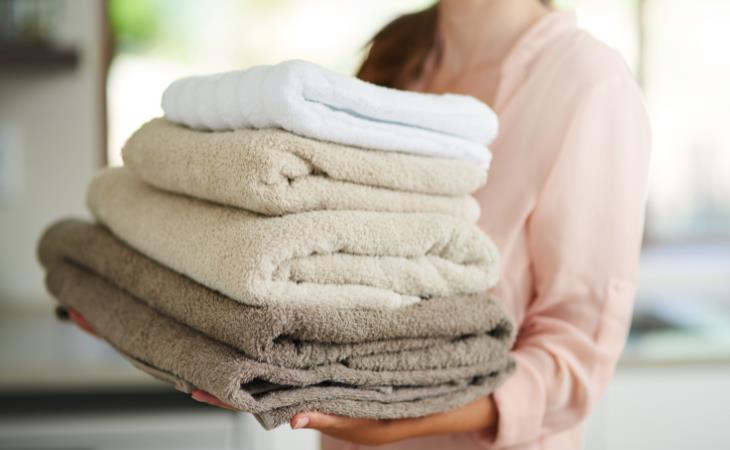


DON'T Remove Deodorant Stains With Bleach, Here's Why
Avoid a laundry bleach disaster with this short guide.

Get Rid of Pills on Clothes and Learn to Prevent Them
Find out how to wash and dry your garments to prevent pills and how to get rid of pilling in this short and useful article.

10 Surprising Items You Can Clean in the Washing Machine
The washing machine can be useful for more than just clothes. 10 surprising items you can clean in the machine with no trouble.
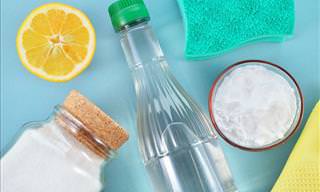
Why You Should Be Adding Vinegar to Your Laundry
Here are 9 brilliant uses that vinegar has when it comes to doing the laundry.
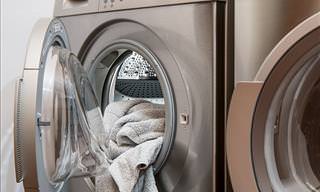
Warning: Don't Put These in the Washer or Dryer!
The washing machine and the dryer are two very efficient inventions that help us a lot - but the following 9 items are best kept away from them.
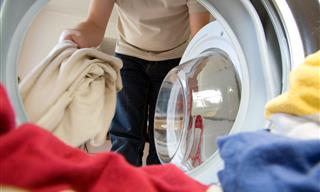
11 Things That Could Seriously Harm Your Washing Machine
As useful as they are, washing machines are not invincible, and some items can cause them damage or be unfit for machine washing. Here are 11 of them.

Shocking! How Thieves Steal Card Details at the ATM
Take note of some of the most common ways thieves will try to steal your credit card details.
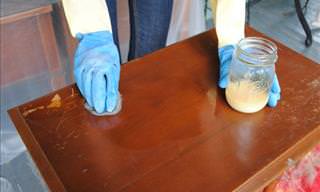
14 Tips to Give Tired Old Furniture a New Lease On Life
Have you got a pieces of furniture or fixtures and fittings that are looking tired? Try these 14 tips to give them added longevity and a new lease of life.
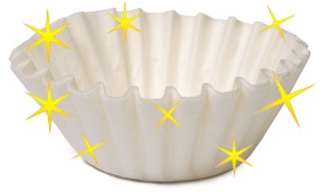
A Coffee Filter Can Be the Most Helpful Item in the House...
Don't let their name fool you - coffee filters are some of the most useful things you can have around the house!
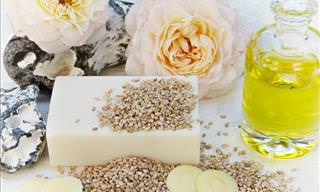
This is One Useful Oil You Always Want to Keep Around
This article will share six different and particularly effective uses for sesame oil, which make it clear why every home should have this essential ingredient.

Borax Has So Many Uses! Here Are 26 of My Favorite
Did you know about these intriguing uses for Borax?
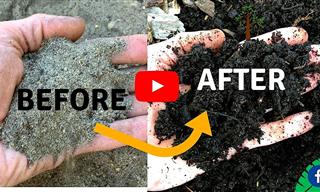 3:18
3:18
Tutorial: Improving Your Soil's Health Made Easy!
This tutorial will take you on a journey to transform the very foundation of your garden - the soil - without touching your wallet.
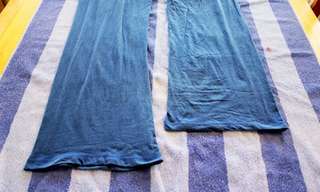
Say Goodbye to Shrunken Clothes with This Neat Laundry Trick
Recently I accidentally shrunk my favorite pair of pants. I was preparing to bid them farewell until my friend suggested a laundry trick that would revert them back to their former length. I didn’t even know this was possible. See how it's done!
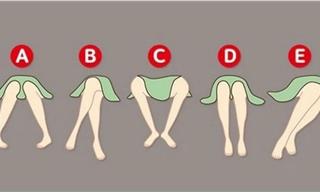
5 Sitting Positions and What They Say About You
This guide will help you understand the meaning behind five common sitting positions that you may encounter in your daily life.

15 Smart Alternative Uses for Bubble Wrap No One Told You
Bubble wrap can do much more than help you move!
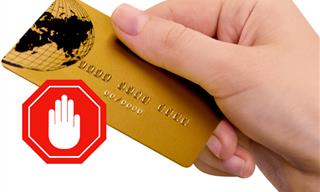
Beware! NEVER Put These Things on Your Credit Card
Credit cards might be convenient but there are some cases where you should avoid using them.
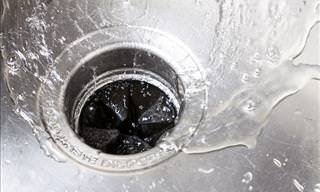
Keep Your Garbage Disposal Clean with This Neat Trick
If your sink's garbage disposal has started to smell, this is how you can eradicate it.
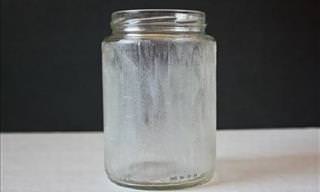
A Super-Quick & Easy Method For Removing Labels From Jars
If you use jars for storage, here's the quickest and easiest way of removing pesky brand labels from them. Two ingredients and a few minutes are all you need.

How to Deal With an Angry Person in Your Life
This is a video guide to show you how to deal with an angry person in the best way possible.

10 of the Fastest-Growing Vegetables
There is a variety of fast-growing vegetables, including legumes, leafy greens, and root vegetables. We feature 10 of the fastest-growing veggies in this article.
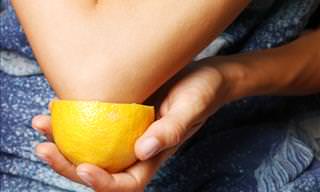
Got Dark Knees and Elbows? 8 Remedies That'll Help
Put an end to dark knees and elbows with these 8 natural remedies.
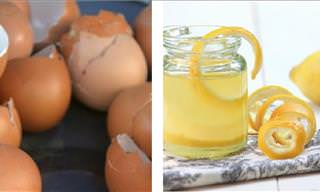
Click to See Unbelievable Uses for These Household Items
Click to learn more! We've collected Ba-bamail's best list of tips and alternative uses for things you've got lying around the house.

12 Common Cooking Mistakes and How to Fix Them
Cooking can be fun or a headache, it all depends on how we work in the kitchen. Learn the12 mistakes most of us make while cooking and how to fix them.

These 10 Phrases Will Make People Like You a Lot More!
Your choice of words can leave a long after the particulars have been forgotten. Here are 10 phrases you should add to your daily speech.
 1:30
1:30
The Trick to a Perfect Flower Arrangement is Amazingly Easy
Sometimes, the simplest ideas yield the best results - A simple trick that makes flower arrangement as easy as pie!
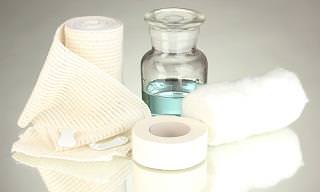
We Bet You Never Knew Rubbing Alcohol Was This Useful!
Most people use rubbing alcohol for cuts or to cool a fever, but it has so many other fantastic uses. Here's 15 of them.
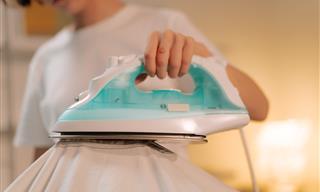
How to Use Your Iron to Get Crisp Shirts, Pants, and Sheets
Your ironing skills make a much bigger difference in the appearance of your clothes than you think!

This Chinese Spoon Massage Will Keep Your Face Youthful!
When you want to look young, the face is the right place to start, and with the next home massage technique, it's never been easier!
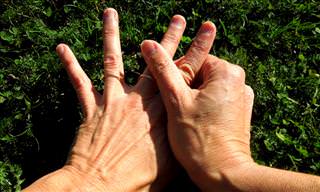
Who Thought Such a Simple Technique Could Be So Potent?
This amazing finger technique will help you to revitalize and nourish your body if you're feeling drained.

Guide: The Alternative Uses of 21 Common Food Products
This guide will give you the useful tips and helpful information you need to find alternative uses for most of your common food products. You'll be amazed at the surprising uses for some of these common food items.
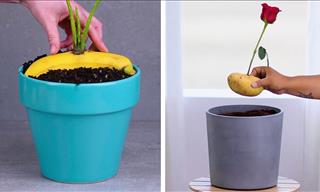 15:19
15:19
12 Indoor Gardening Hacks You Must Know
Even if you can’t say about yourself that you have a green thumb, you can try yourself with indoor gardening, and these 12 tips will help
 8:24
8:24
Eye-Relaxing Tips: Simple and Fast Exercises for Your Eyes
Do your eyes feel strained at the end of the day? These useful exercises will provide some relief.
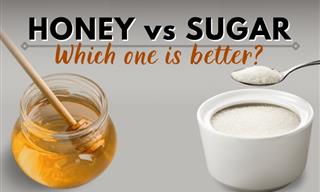
Is Honey Always Better to Use Than Sugar?
Isn't it a good idea to replace the sugar we add to our coffee and baked goods with a healthy alternative like honey? Not necessarily...
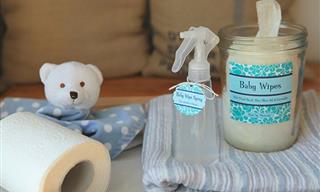
Make These Baby Products Naturally at Home!
To help you create your own natural remedies for your little one, we suggest trying out the following homemade "recipes".

WARNING: These 11 Carcinogens are Lurking in Your Home
There are many things lurking in our home that are dangerous to us, but these 11 items are the most surprising!

Don't Throw Out Old Makeup! Here's What You Can Do...
12 helpful uses you can put your expired or unsuitable makeup items

12 Recipes That'll Add Much Needed Green to Your Diet
If your kids or you hate eating your greens, try these 12 recipes and enjoy the health benefit without the taste you don't like.
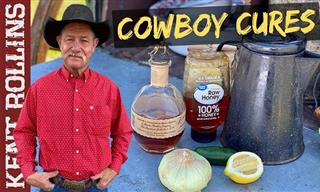 18:35
18:35
Cowboy Cures: Saddle Up for Immune-Boosting Home Remedies
Watch this video to learn some useful cowboy cures for a healthy life.

People Really Have No Idea What These English Words Mean!
A lot of people think they know how to use English words correctly, but they really don't! Here are 21 most misused words in the English language

What to Do if Someone is Drowning: The Complete Guide
Whether someone is a strong swimmer or not, drowning's always a potential risk. So you need to know how to deal with the situation. Here'a complete guide.
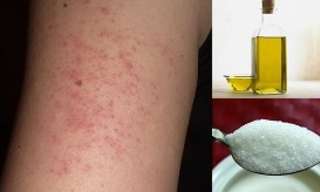
I’ve Found a Natural Remedy for Those Red Bumps on the Skin
A natural remedy to erasing those red bumps that appear on your arms without visiting the dermatologist. You only need to ingredients, which are easily found at the grocery store.
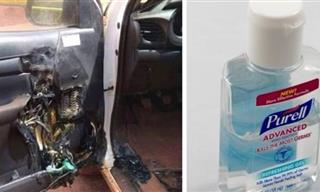
WARNING: Don't Keep This Product in Your Car
Hand sanitizers can be found in plenty of vehicles, maybe even in yours, but is it wise to store them there?
 8:28
8:28
How to Shorten Jeans by Hand and Preserve the Hem Too
Hemming jeans has never been easier than this!

14 Common Plants That Are Toxic for Your Pets
Did you realize that many of the plants in our environment are toxic for your pets? Find out which here. If you noticed that your pet has consumed any of these plants, contact your local veterinarian or Animal Poison Control center immediately.
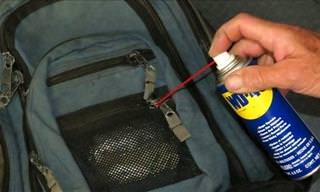
WD-40 Has So Many Uses I Can Hardly Believe It!
If you think WD-40 has only one use, you'll be utterly delighted by this list of 11 other uses.
 9:41
9:41
8 Natural And Safe Ways to Keep Ants Away From Your House
Take note of these useful natural remedies that can help you keep ants away from your home.
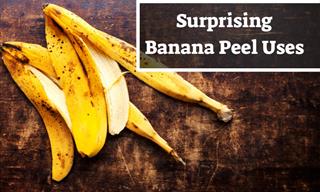
Don’t Throw Away Banana Peels! They Have Some Great Uses
Before you throw throw away the next banana peel into the trash can, read about the great ways it can be used.


